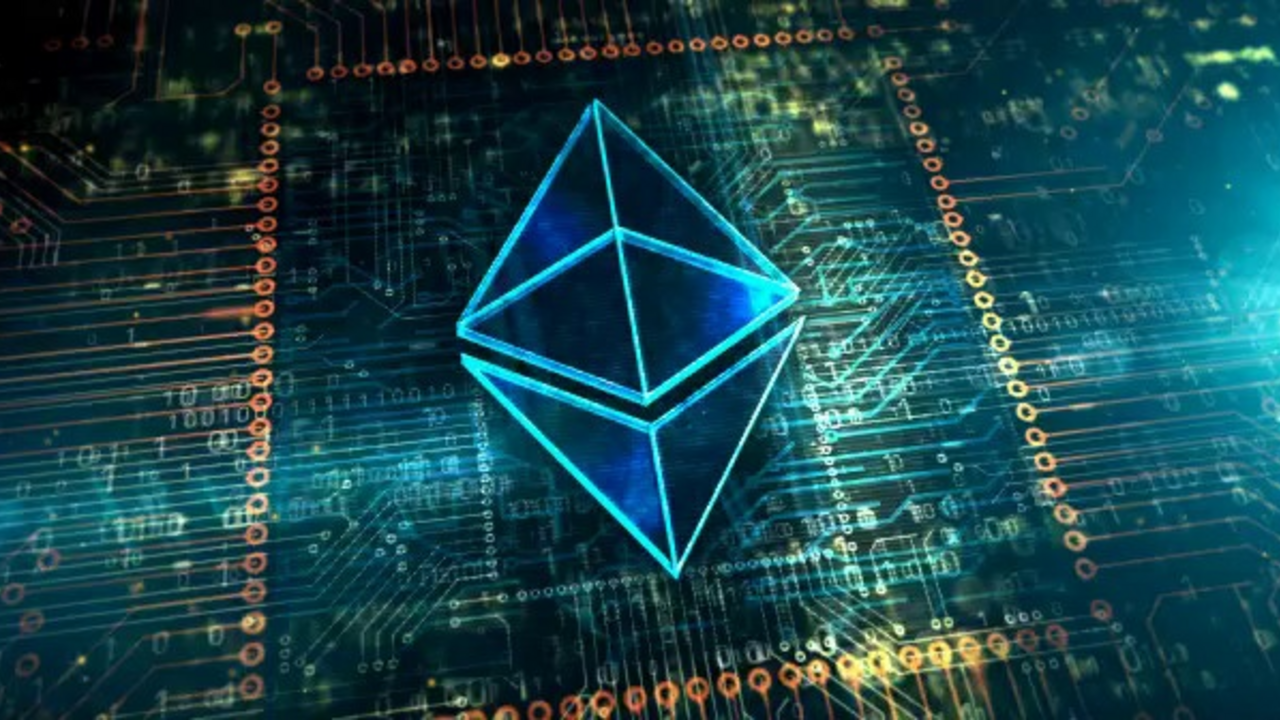Often reduced to cryptocurrencies, DLT is so much more. It is currently visible in use cases and across many industries, and is here to stay. From real estate to identity documents, from the finance industry to supply chain management, there are plenty of business areas that are or will be affected by distributed ledger technologies.

Distributed ledger technology: a game-changer for industries
Distributed ledger technologies (DLTs) use the power of decentralized databases and cryptography to create trust and immutability. They aim to deliver the utmost transparency to all network participants while reducing the single point of failure. This paradigm shift in data and trust management serves as the backbone for a new form of process efficiency and allows for entirely new business models.

As a key player in developing security technologies crucial to society, DLT is making waves in all of G+D’s key markets: payment, connectivity, identity, and secure digital infrastructures. As a result, G+D has established a groupwide DLT competence center. Robert Heinze, G+D Director Technology & Innovation Management, explains it this way: “We pool internal and external security and DLT experts in order to derive decisive strategic insights and jointly explore the most promising use cases.”
Which business sectors are impacted by DLT?
There is barely an industry DLT won’t affect, and there are four particular driving forces behind this: the tokenization of everything, instant settlements, cost-efficient transactions with a reduced number of intermediaries, and strong consensus mechanisms.
Firstly, the driving force of asset tokenization (“tokenization of everything”) allows for the creation of entirely new asset classes. Nowadays, digitally non-native goods such as classic cars, collectibles, and real estate properties can be tokenized and converted into smaller fragments, which allow for efficient trading and easy transfer.
With IoT devices set to increase to 43 billion by 2023 (an almost threefold increase from 2018),1 manufacturing is undergoing a huge transformational process. DLT has the potential to revolutionize manufacturing even further. Smart contracts based on distributed ledger technology can automate processes and have the potential to be an indispensable step toward increasing machine autonomy, from monitoring and optimization to self-serviceable machines with economic independence that can certify transactions and certify and verify the counterpart, for example.

DLT also offers the opportunity for borderless, 24/7 instant settlements, resulting in a positive impact on liquidity flow, and allowing for increased efficiency.
David Weinberg, G+D Senior Manager Corporate Development & Strategy, explains: “The key strengths of DLT – of enabling instant, cost-efficient transactions and the creation of trust in a trustless environment – can fuel the transition towards a machine economy era. Nevertheless, business models require authenticated sensor data, trusted machine identities, and access to payment services – and this is where G+D’s strengths come into play.”
Many business areas can benefit from increased machine autonomy. Weinberg explains, “DLT technology is well suited to delegating authority to machines. In turn, this enables them to interact in the machine economy. Take electric vehicles as an example: based on framework criteria, an electric vehicle could optimize energy consumption on its own P/L. It could offer storage capacity in order to balance grid peak times – be it as an energy provider to a household or an extended battery to the grid. We see plenty of use cases where devices independently manage their assets as an economic value within always-connected and smart ecosystems.”
And finally, it’s not just businesses that are witnessing the impact of DLT, either. Many of us could soon see the technology impacting our daily lives. The field of digital identities is one example. Today, our digital identity is managed and controlled via certificates in our web browsers, or is derived from other regulated KYC providers such as credit card schemes or banks.
Heinze adds, “An ideal identity layer for the digital age should aim for various key properties: independence of commercial service providers, in full control of the user, with the highest standards of trust and privacy, and with a wide acceptance across organizational silos. DLT is seen as a key enabler for the self-sovereign identity ecosystem.” And in Canada, Germany, and Singapore, the first decentralized identity solutions are undergoing development.
“Very few past technologies have had the potential that DLT has to influence so many areas of our lives, be it the transformation of the known or the development of something entirely new“
G+D Senior Manager Corporate Development & Strategy
The decentralization zeitgeist
What is behind the exponential growth of decentralization? One of the reasons for the growing interest in DLT, explains Weinberg, is that the technology fits the spirit of our age. “The trend toward decentralization has become a cultural driving force, even outside of DLT,” he explains. “Let’s take travel planning as an example: that has transformed from an all-in-one travel agency into a mix of microservices such as flight booking channels and accommodation providers. Nowadays, people make their choices based on values, not based on heritage.” In 2018, the United Nations published a white paper focusing on embracing the transformative power of blockchain technology and decentralization in various aspects of our lives.2 We have become our own decision-making authorities.
Heinze believes that besides a cultural shift toward decentralization, it’s also a practical consideration: “Our world has become a highly complex ecosystem and decentralization feels like a tool of choice to cope with it. Examples can be found all over the place, be it in management and organization design, as well as in cloud infrastructure design. All concepts aim to reduce throughput and latency and improve network performance. Decentralization can help, so you don’t have to deal with the whole complexity at once.”
Challenges and opportunities

Andreas Barthelmes, Associate at G+D Ventures, sees both threats and opportunities when it comes to DLT: “Banks, for example, may worry about decentralized finance (DeFi), since these protocols offer a large part of their value proposition. At the same time, it is an opportunity to become active in the space – for example, as trusted intermediary to link end customers to the DeFi world in a safe manner. We can already see the appetite of established businesses to become active in the crypto space: there is a tremendous interest in new crypto licenses being filed with regulators such as BaFin (e.g. for the custody of digital assets).” As an expert in the startup ecosystem, he emphasizes a known dilemma: “New business models undergo various changes and adjustments until they are finally adopted by the broader market – and with this in mind, DeFi-related business models will likely change, and there is still plenty of room for existing players.”
A look to the future
It’s clear that DLT is shaking up the way we create value chains and ecosystems for the future. While it is a transformative technology, challenges remain. Data in the DLT network is immutable and cannot be compromised – but as soon as data is used that is not inherent to the DLT network, challenges arise. Heinze explains, “We often see a misunderstanding between immutability and trust. While data within the network follows a tamper-proof governance framework, the input is difficult to validate. It is called the ‘oracle problem.’ Here at G+D, our authentication and signature portfolio could be incredibly useful, delivering immediate value to the ecosystem.”
While there is still work to be done, the opportunities of DLT are strong, offering actionable tokenization, instant and reasonably priced transactions with outmost transparency, and the reduction of single source of failure or attack. DLT is still in its nascency, but it is set to grow exponentially over the coming years.
Published: 04/01/2022
Share this article
Don’t miss out on the latest articles in G+D SPOTLIGHT: by subscribing to our newsletter, you’ll be kept up to date on latest trends, ideas, and technical innovations – straight to your inbox every month.


